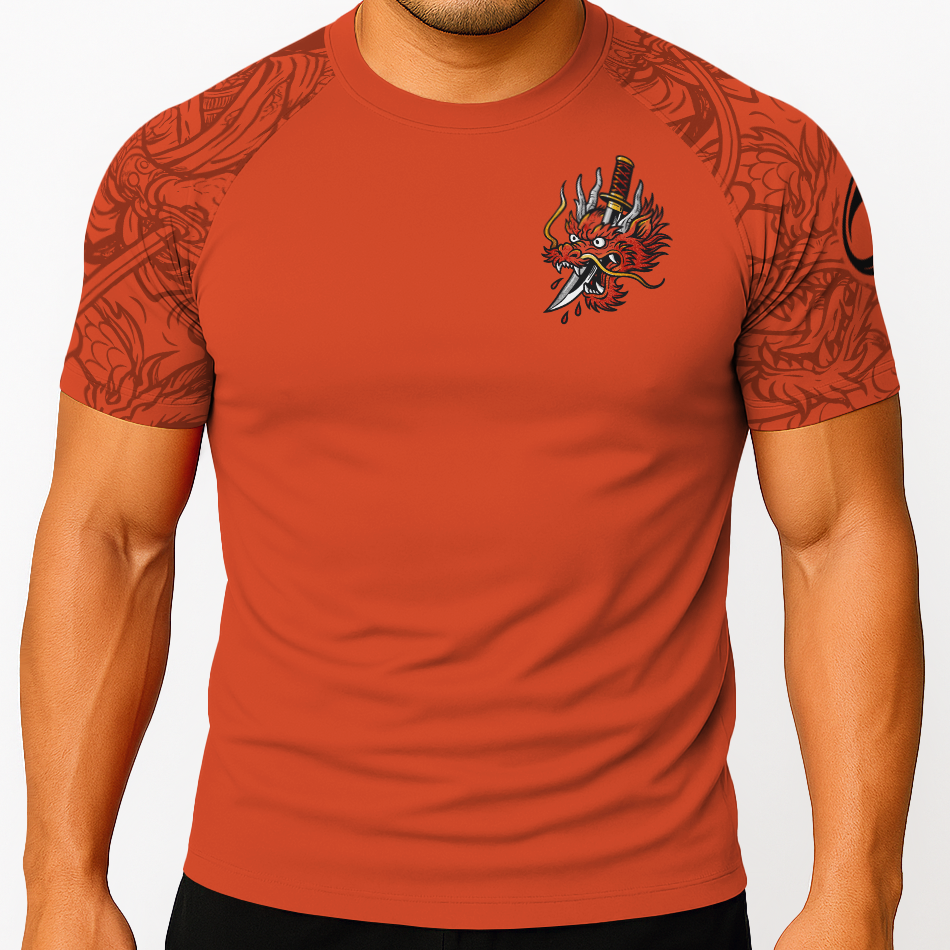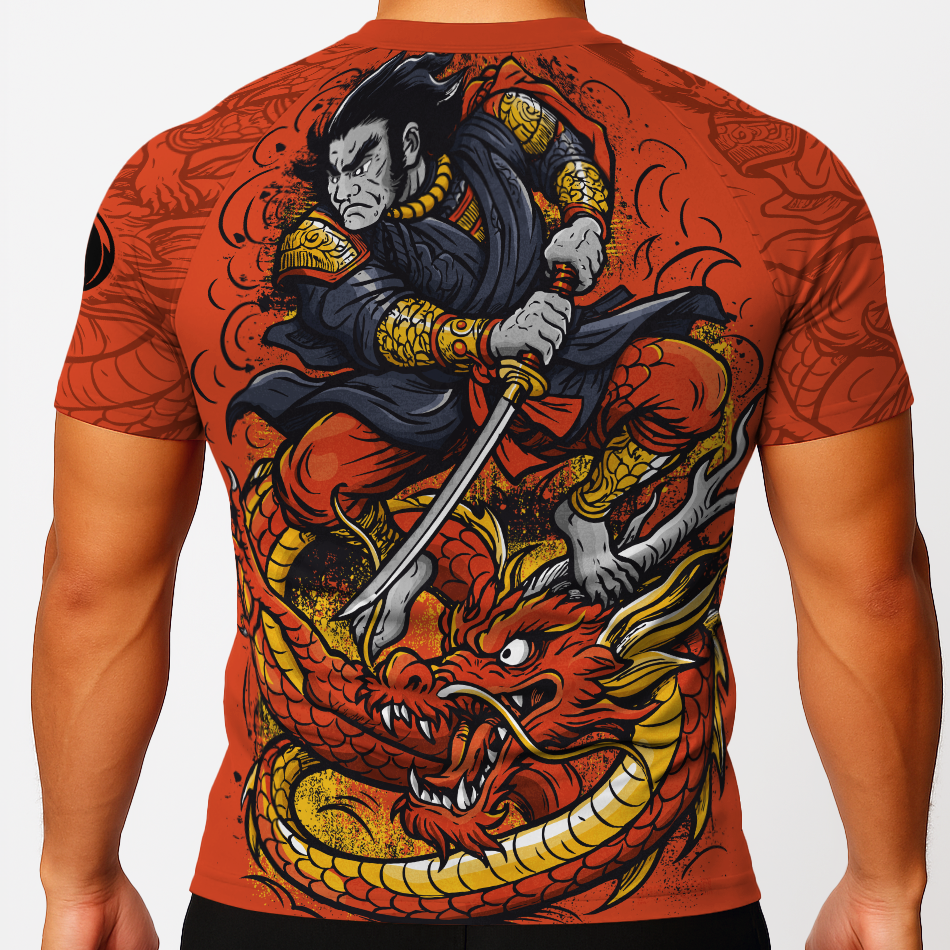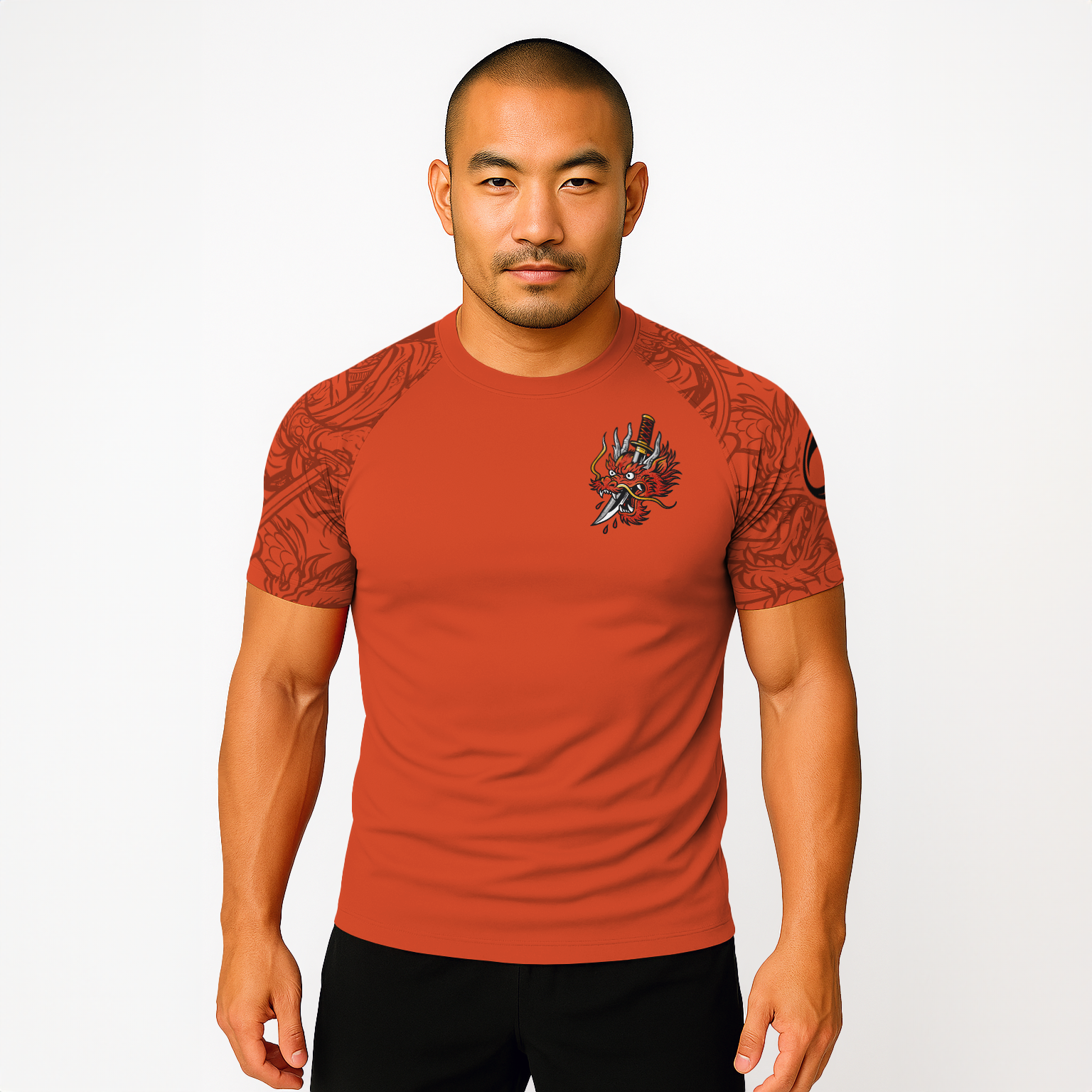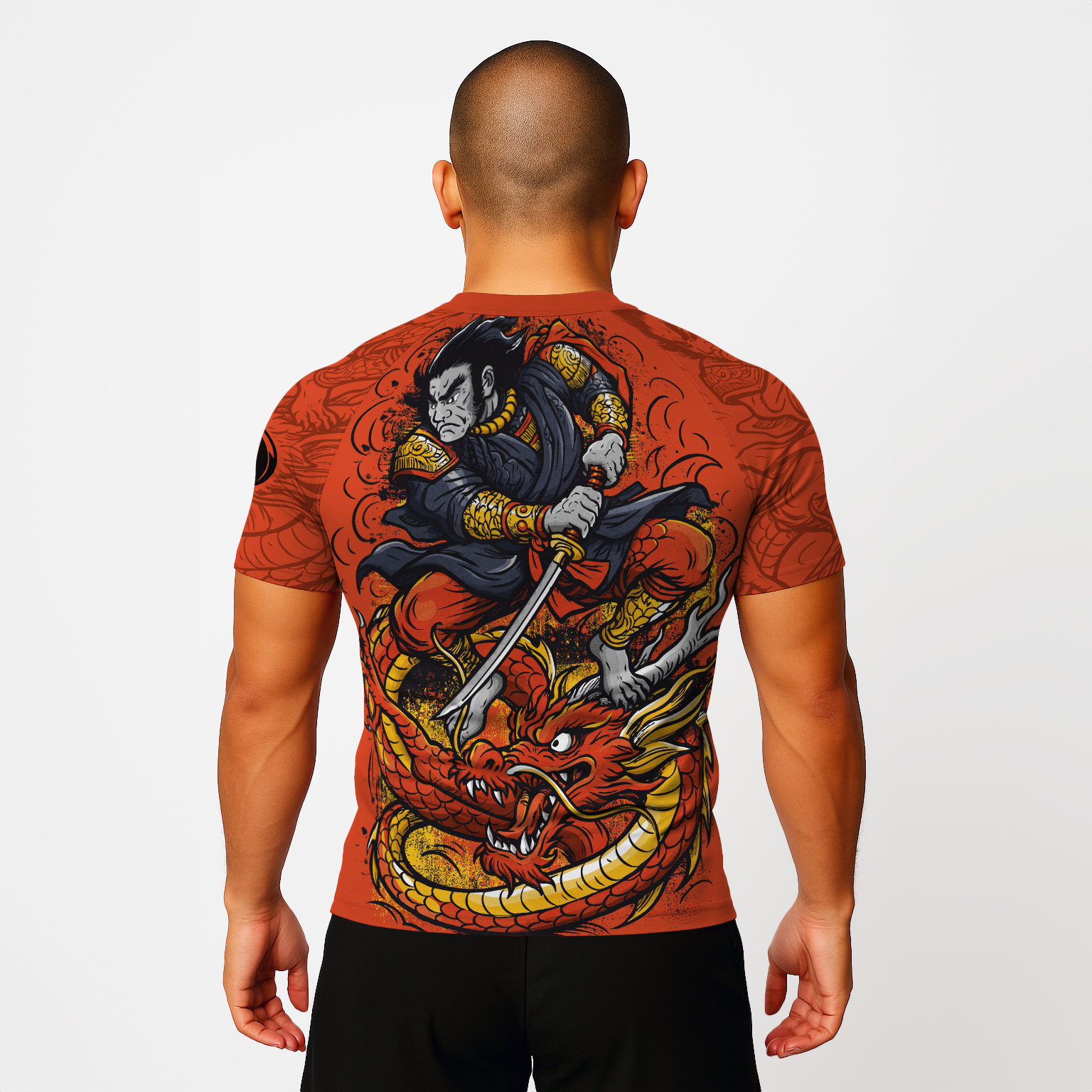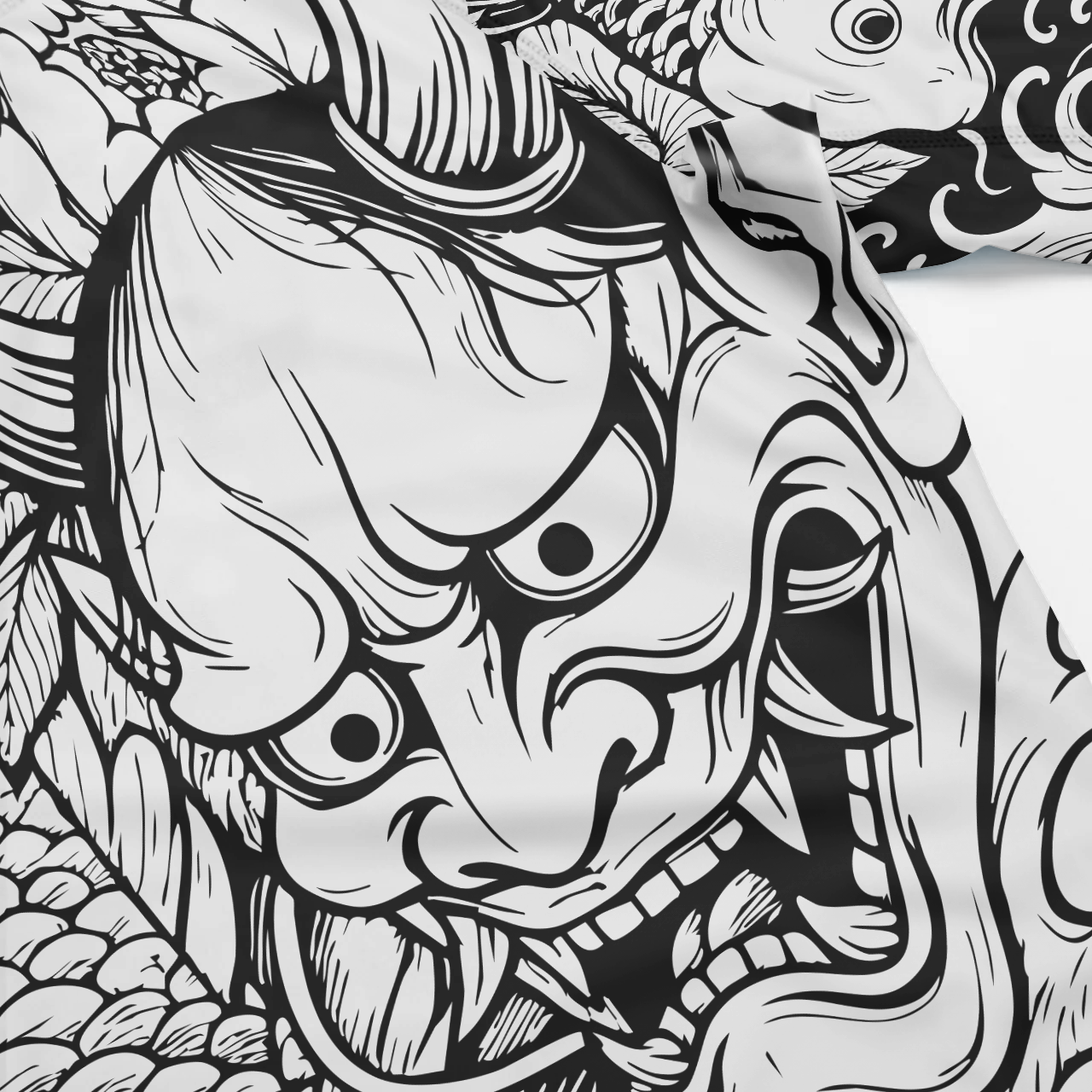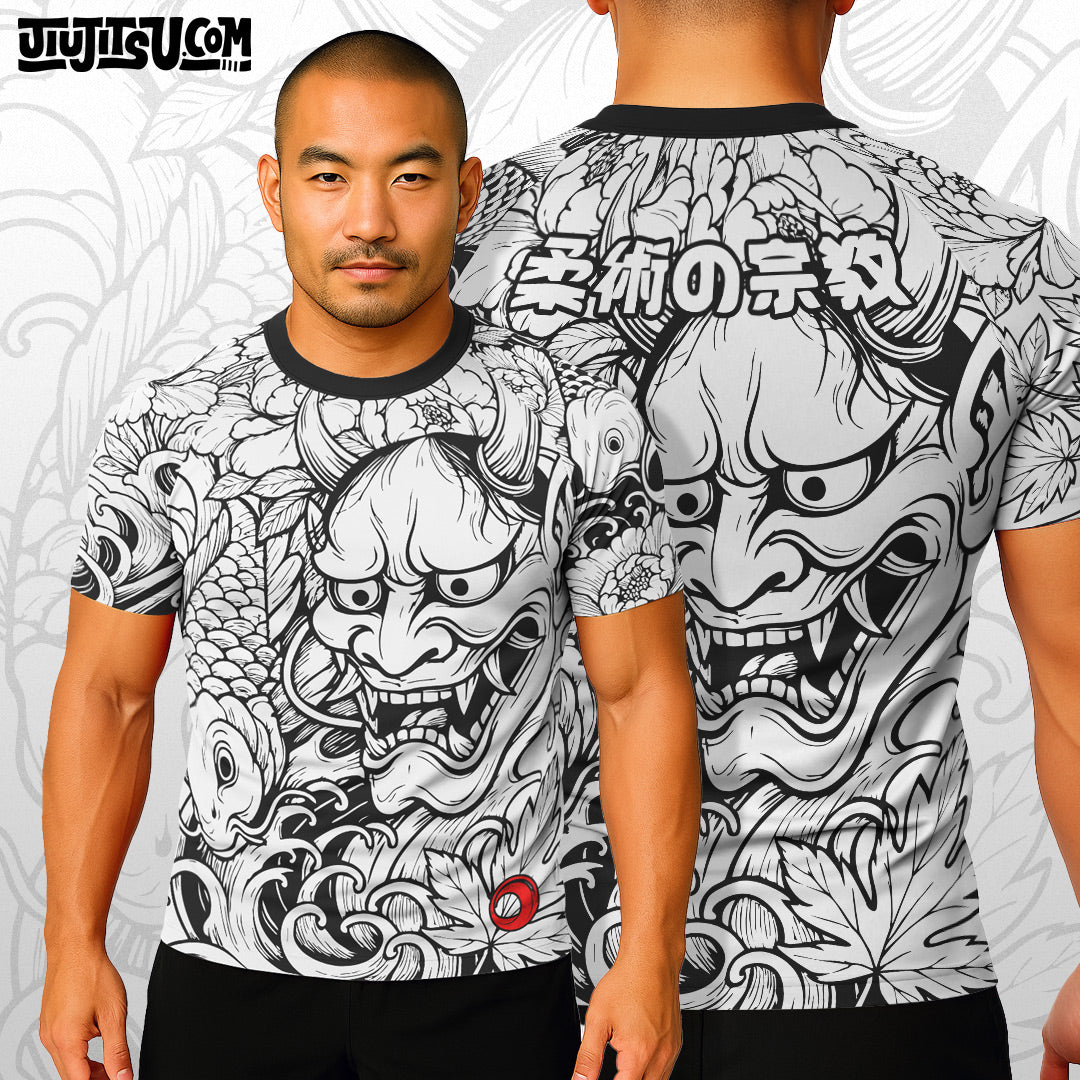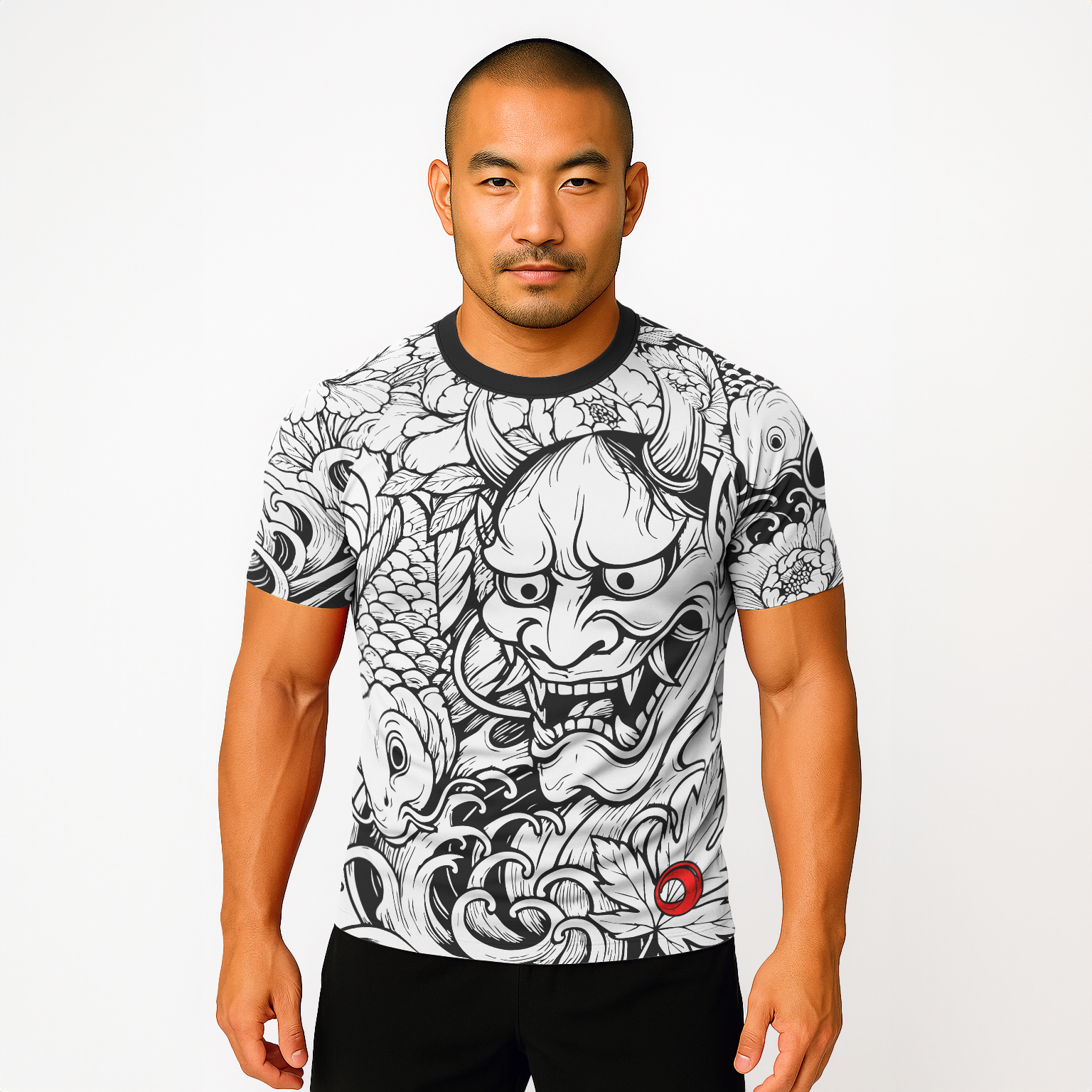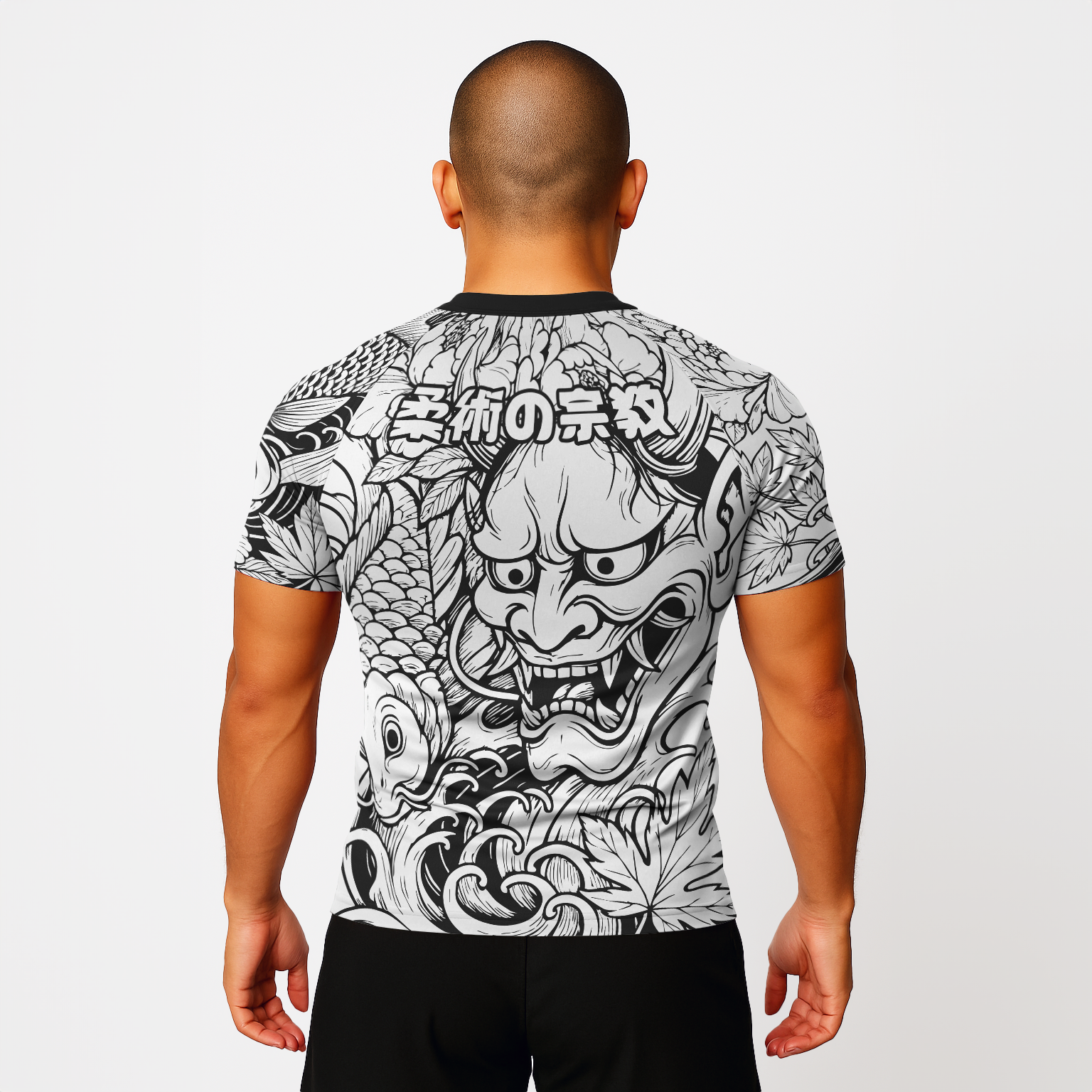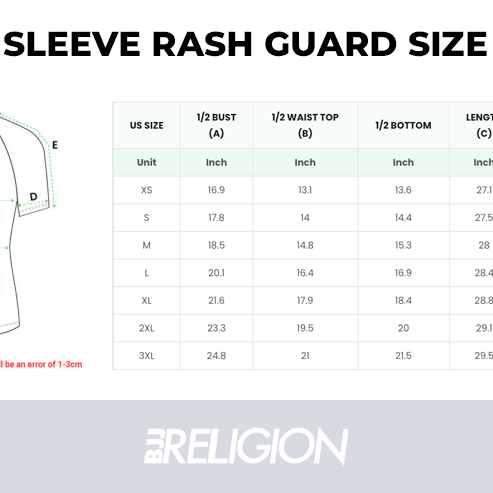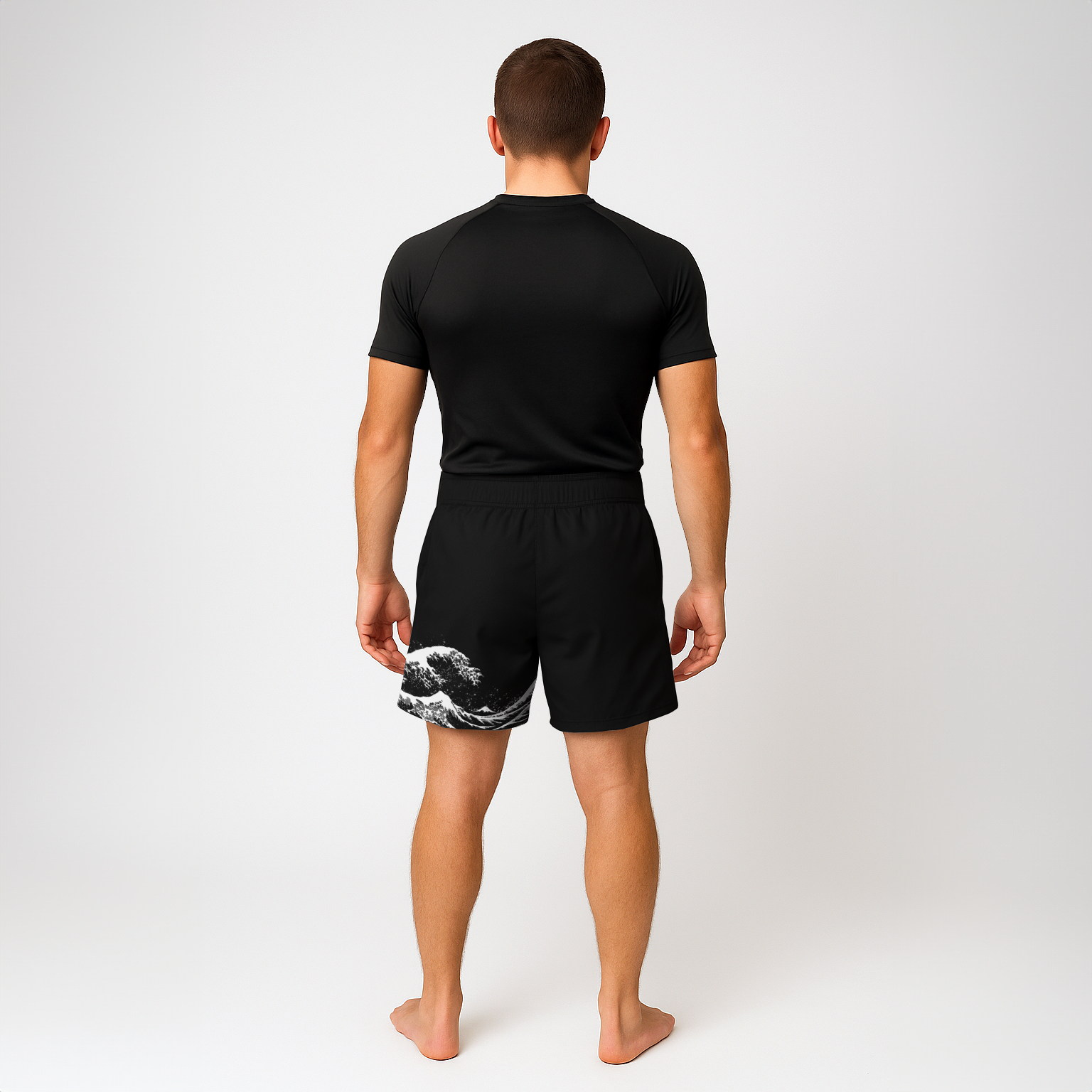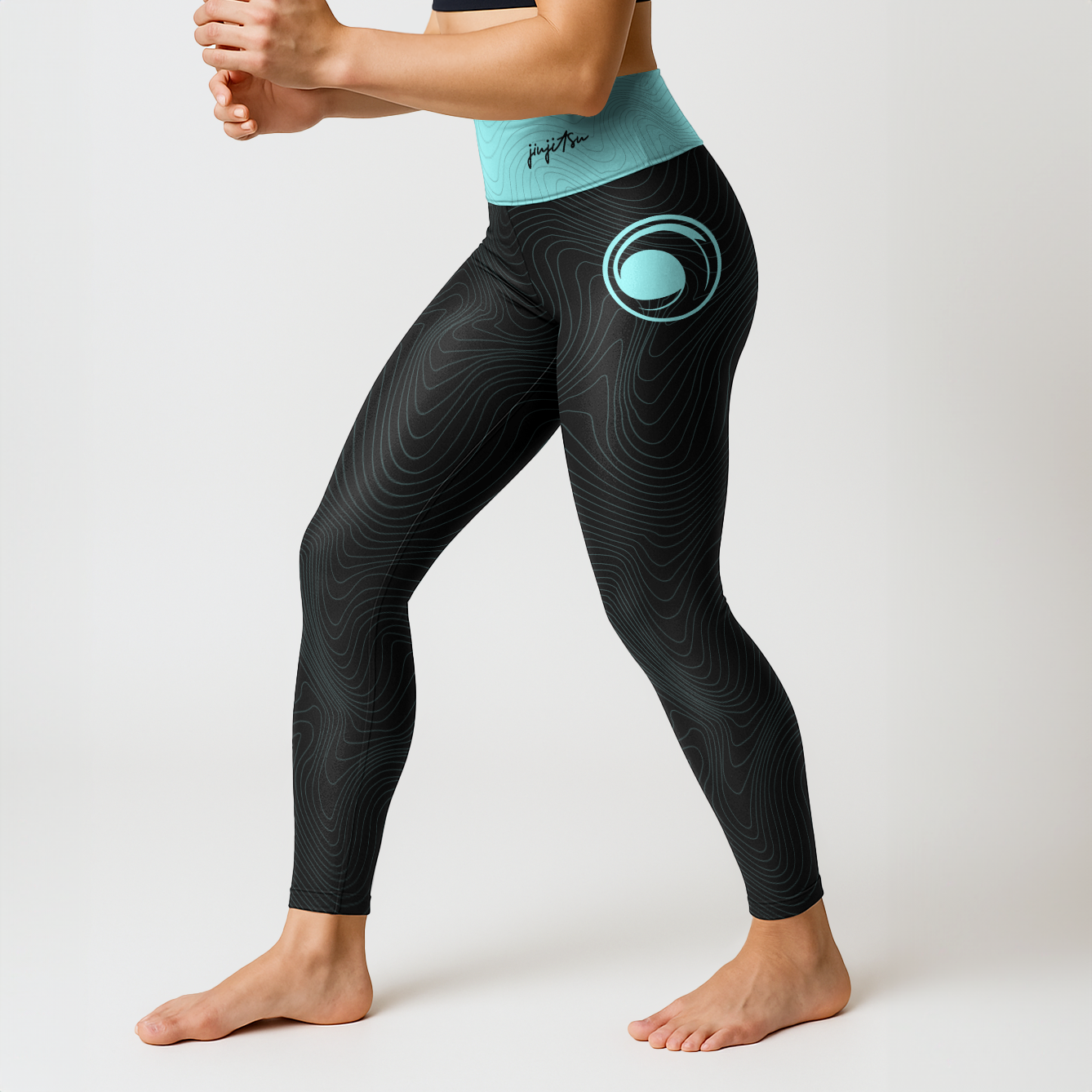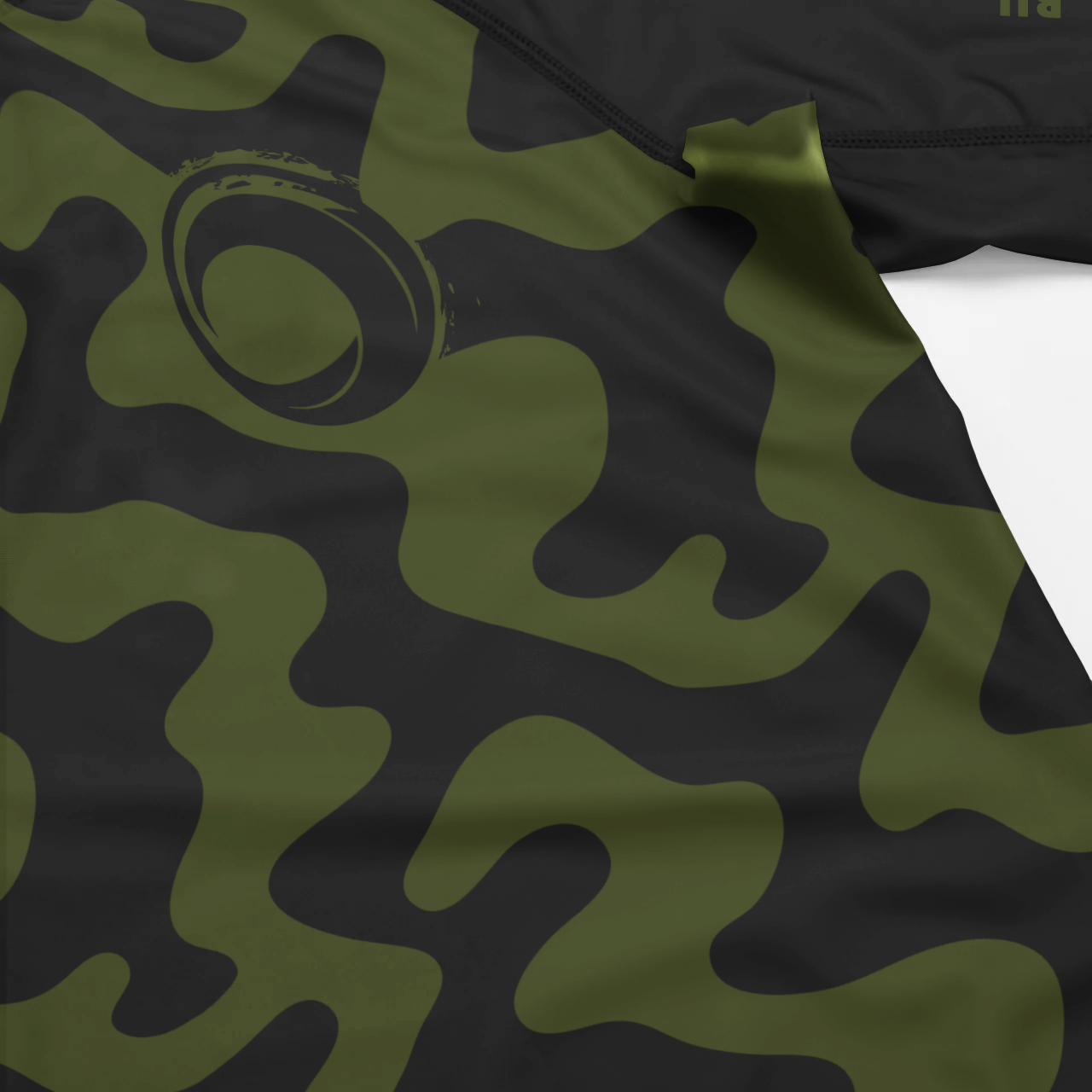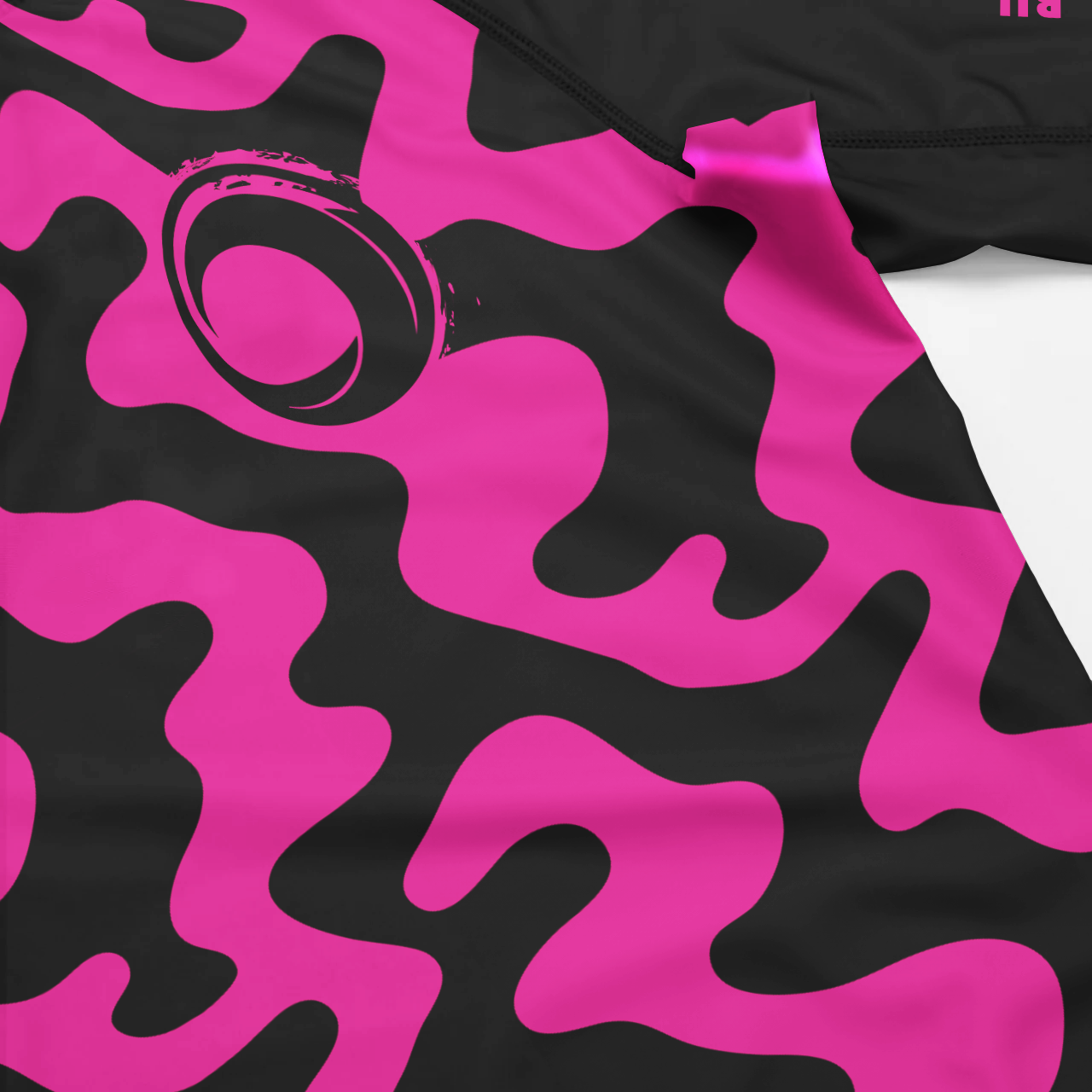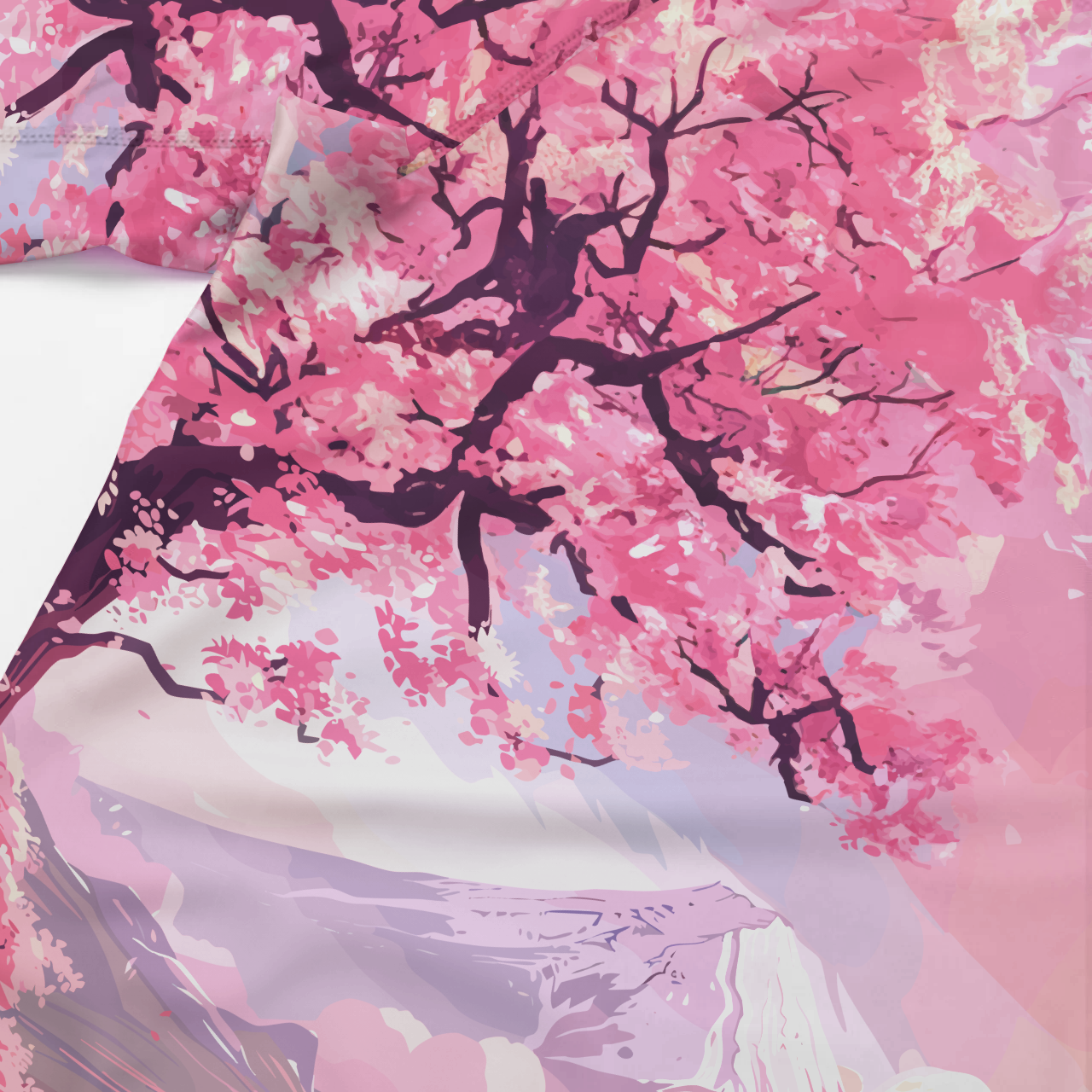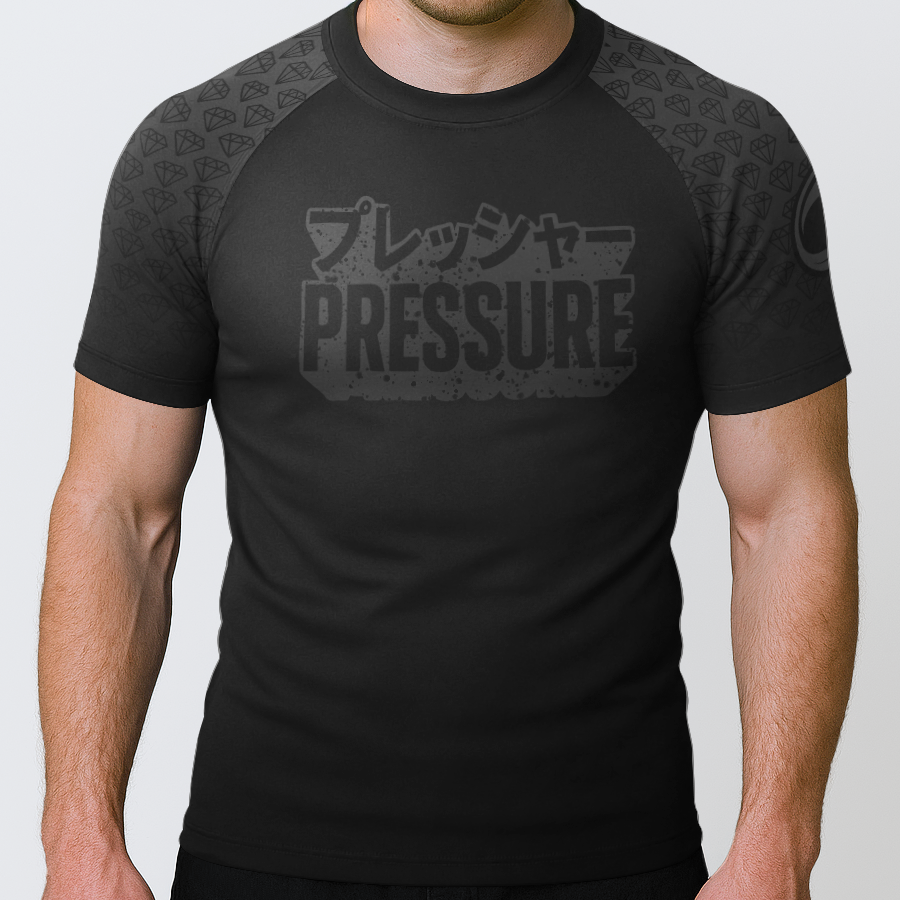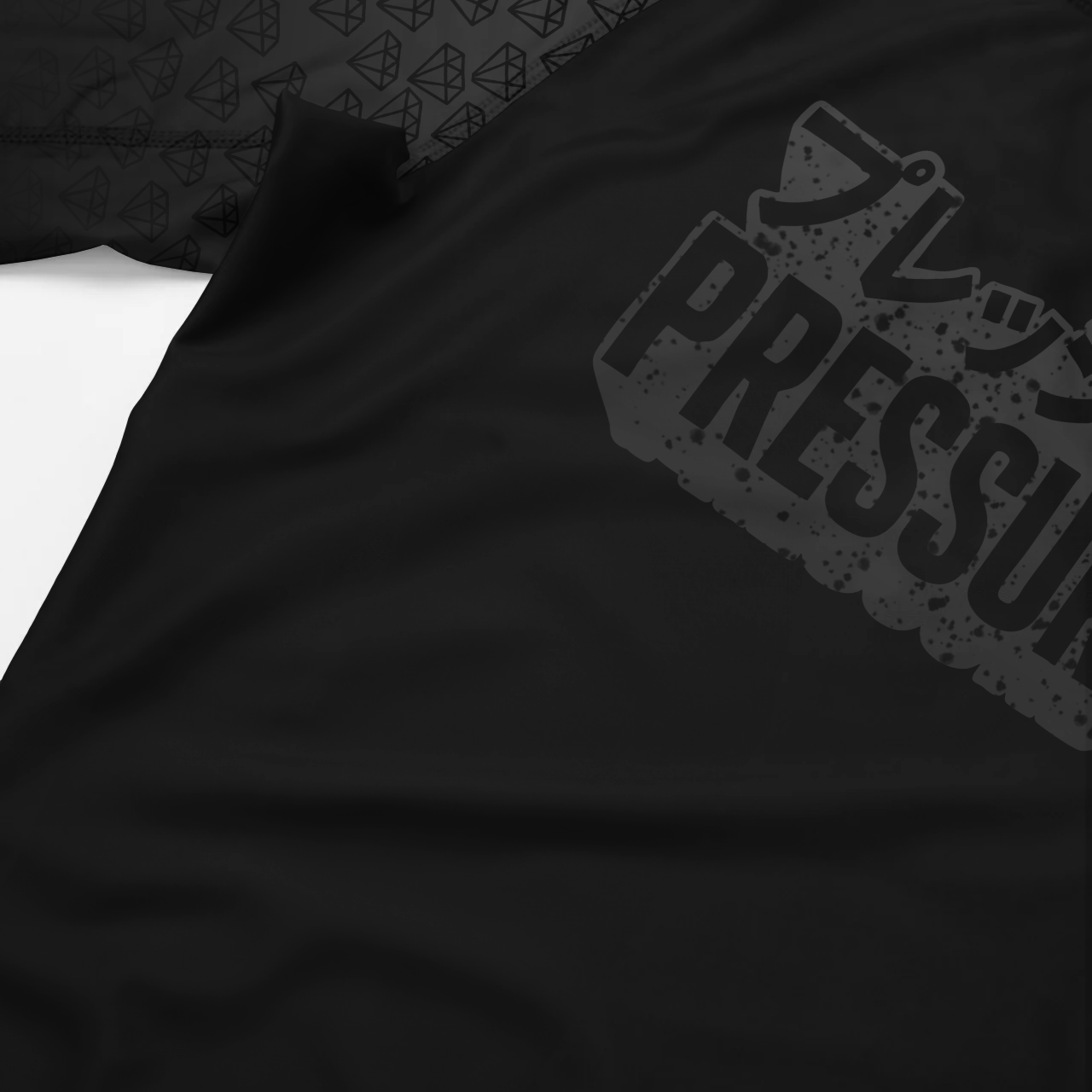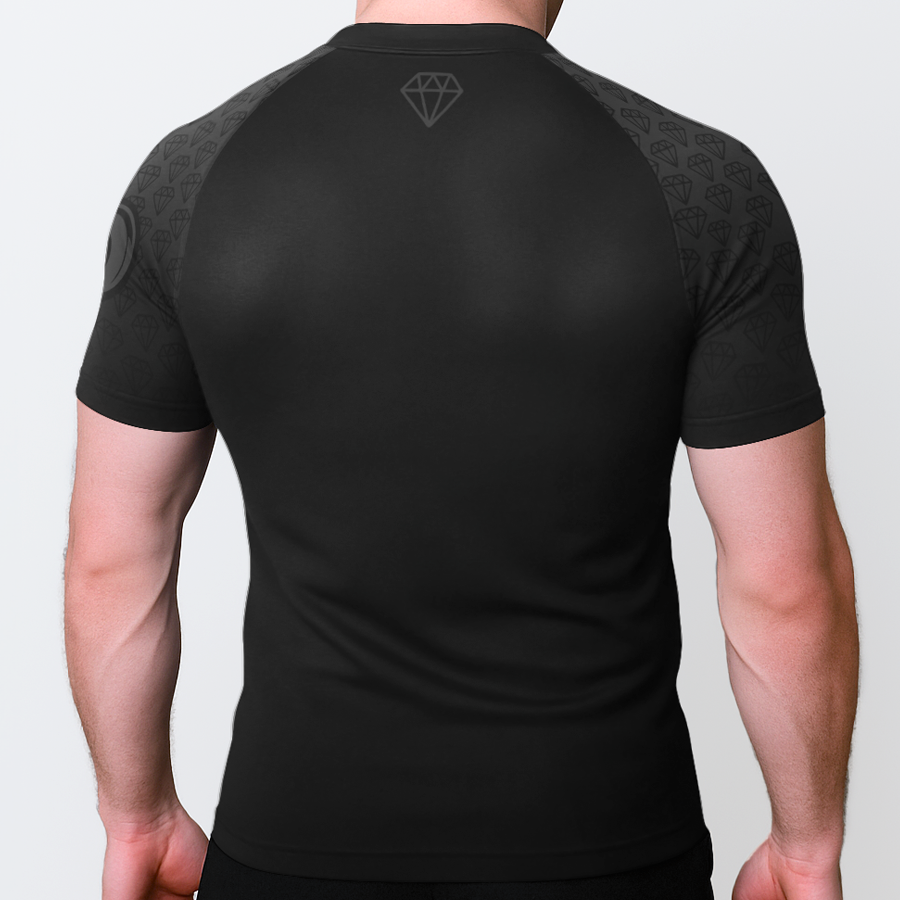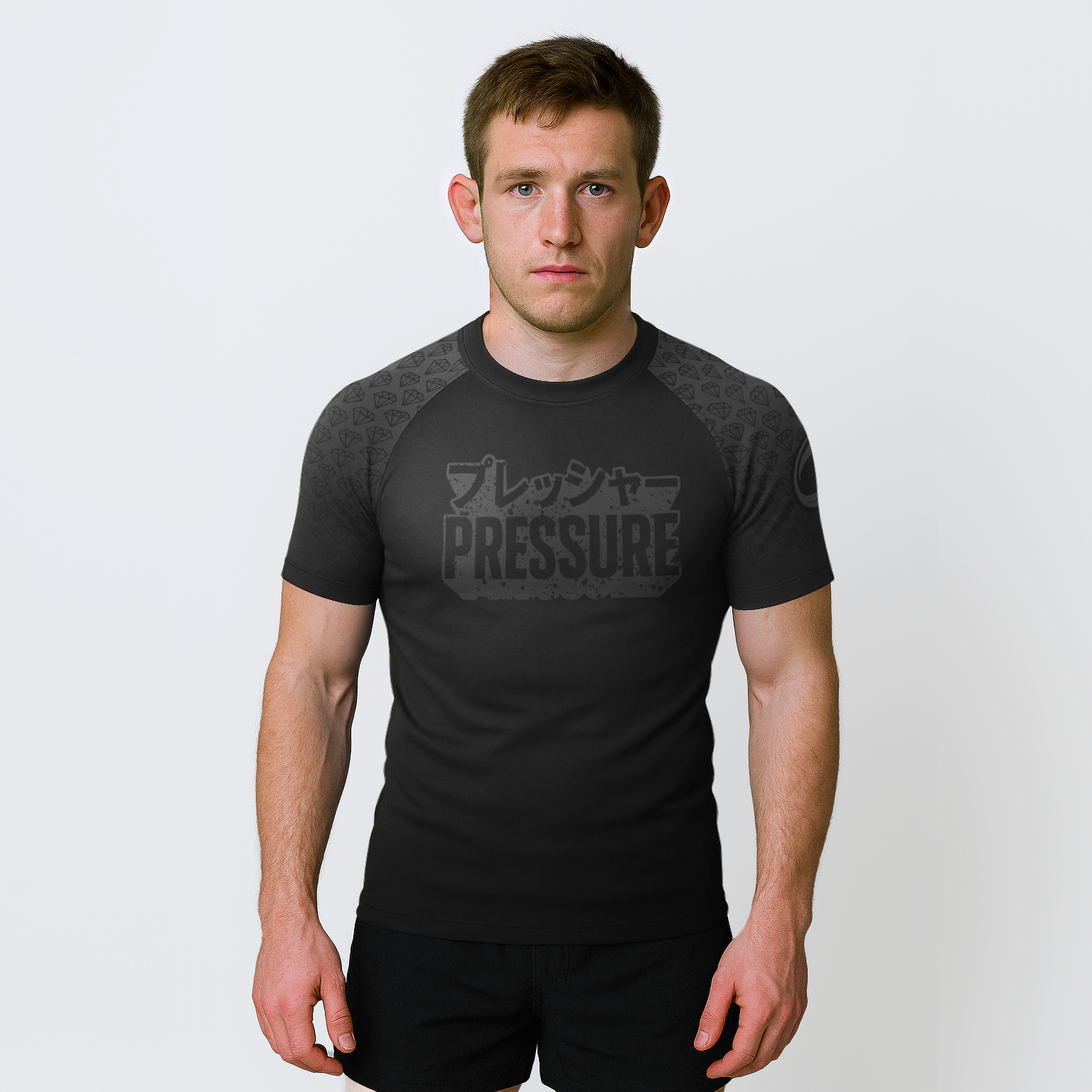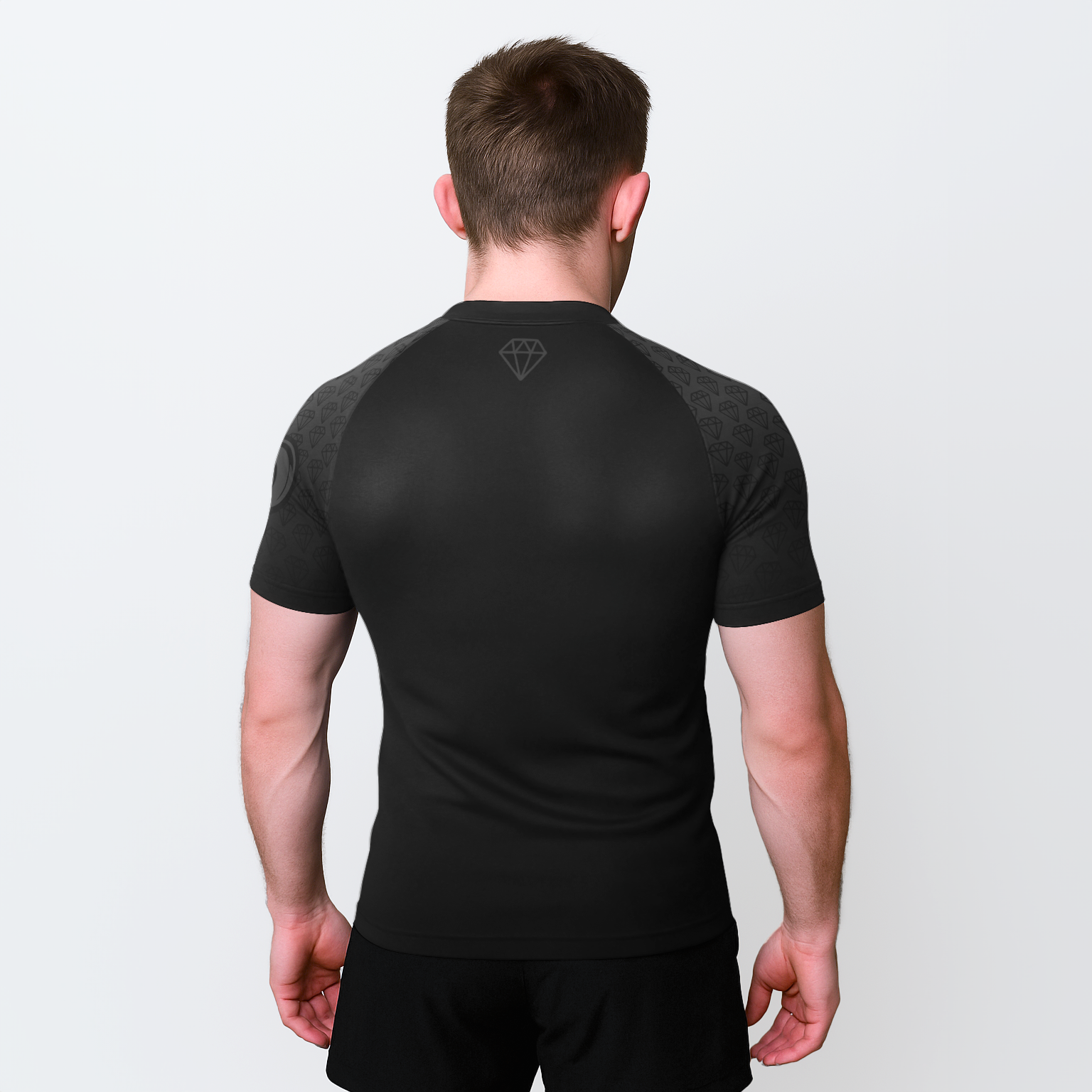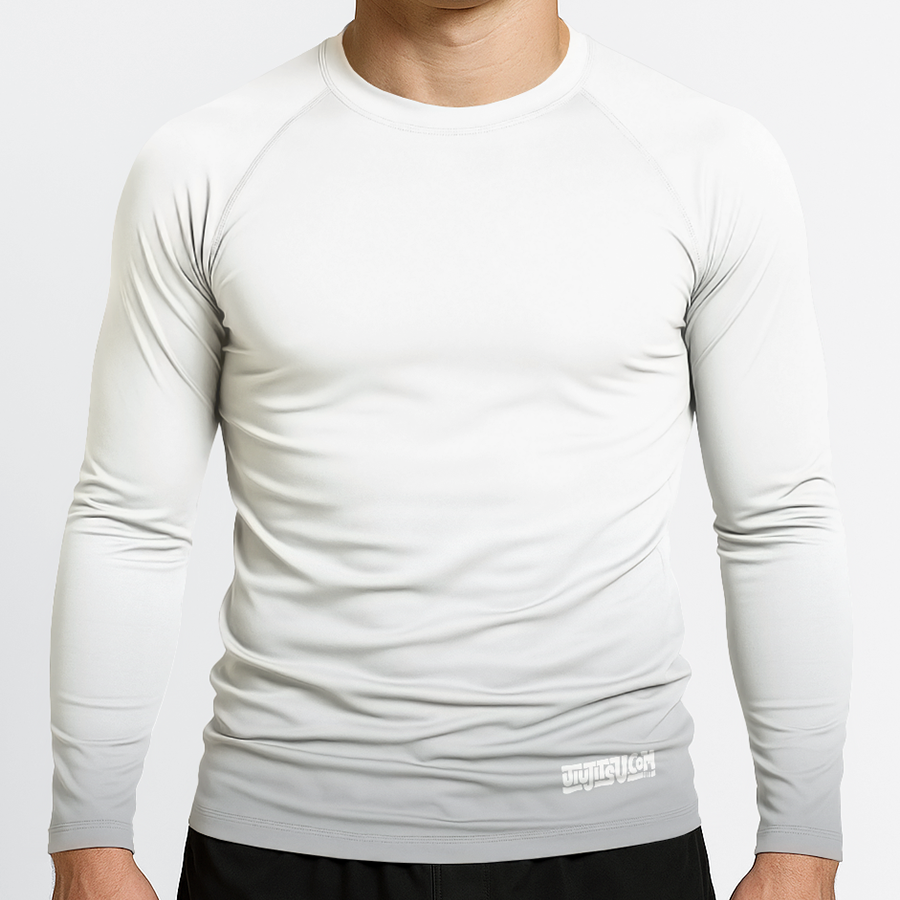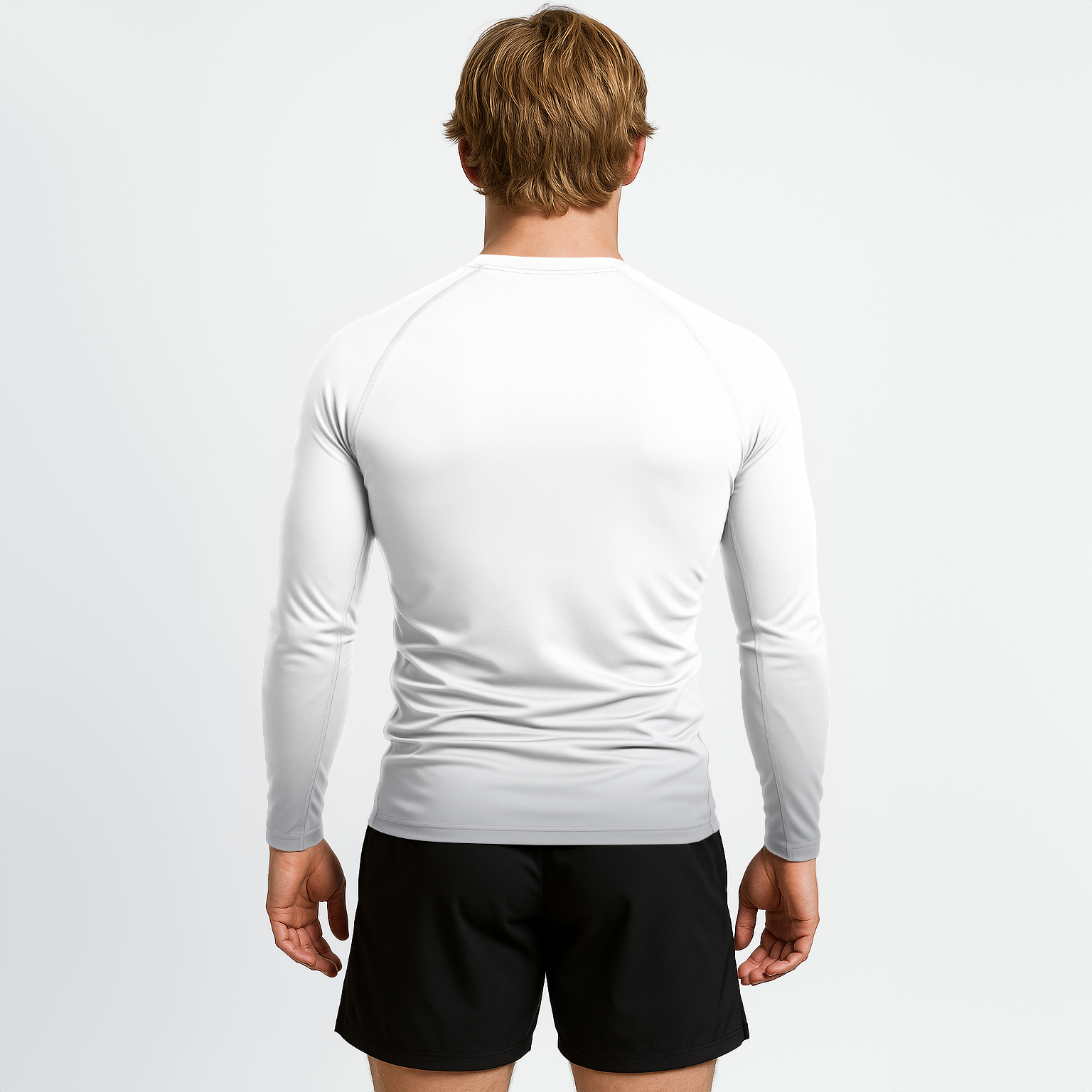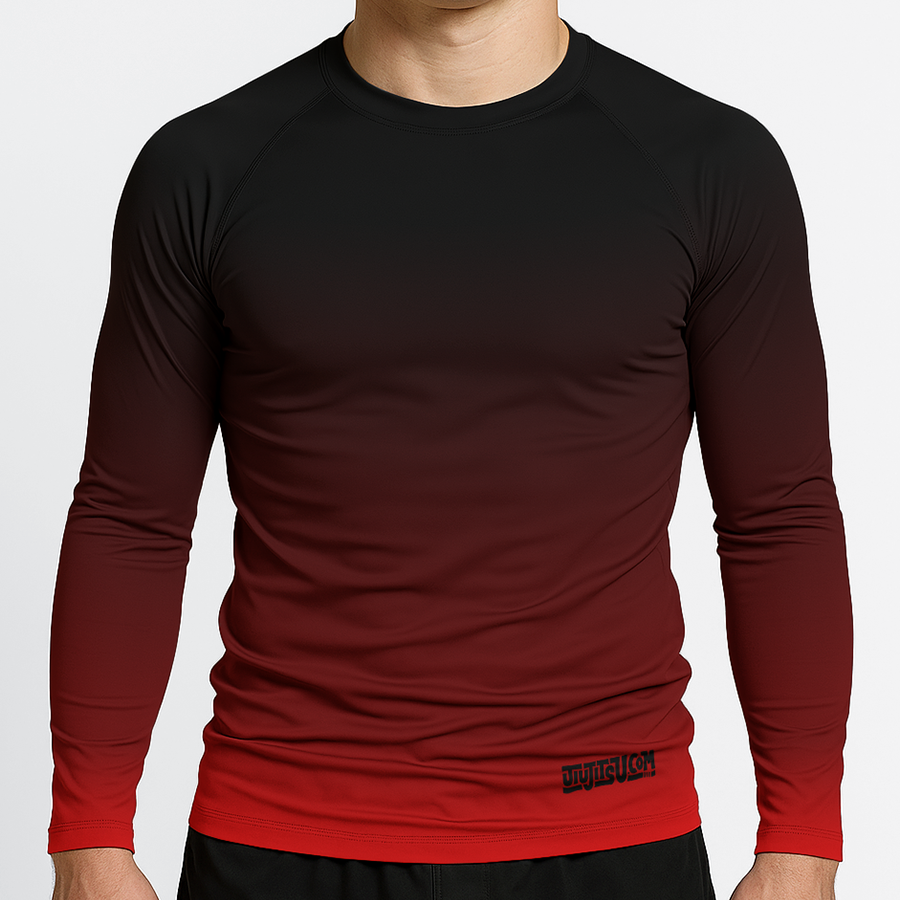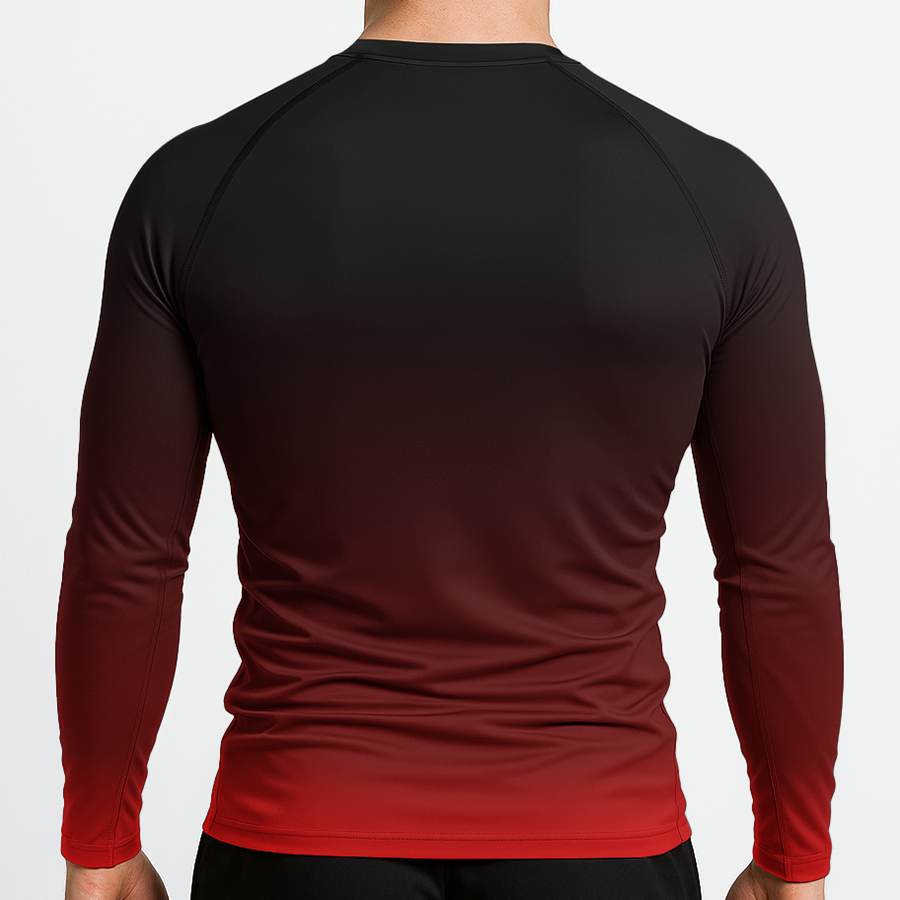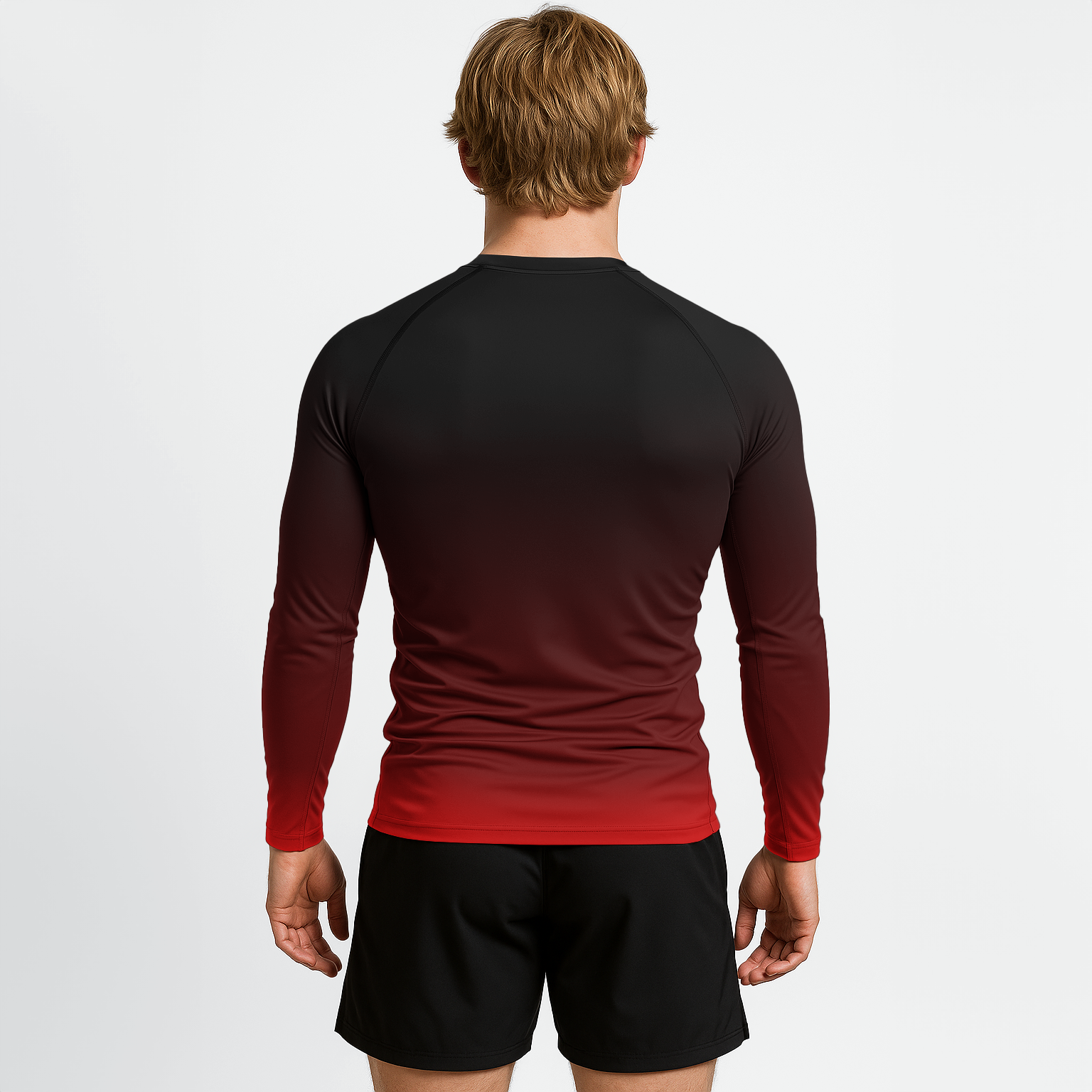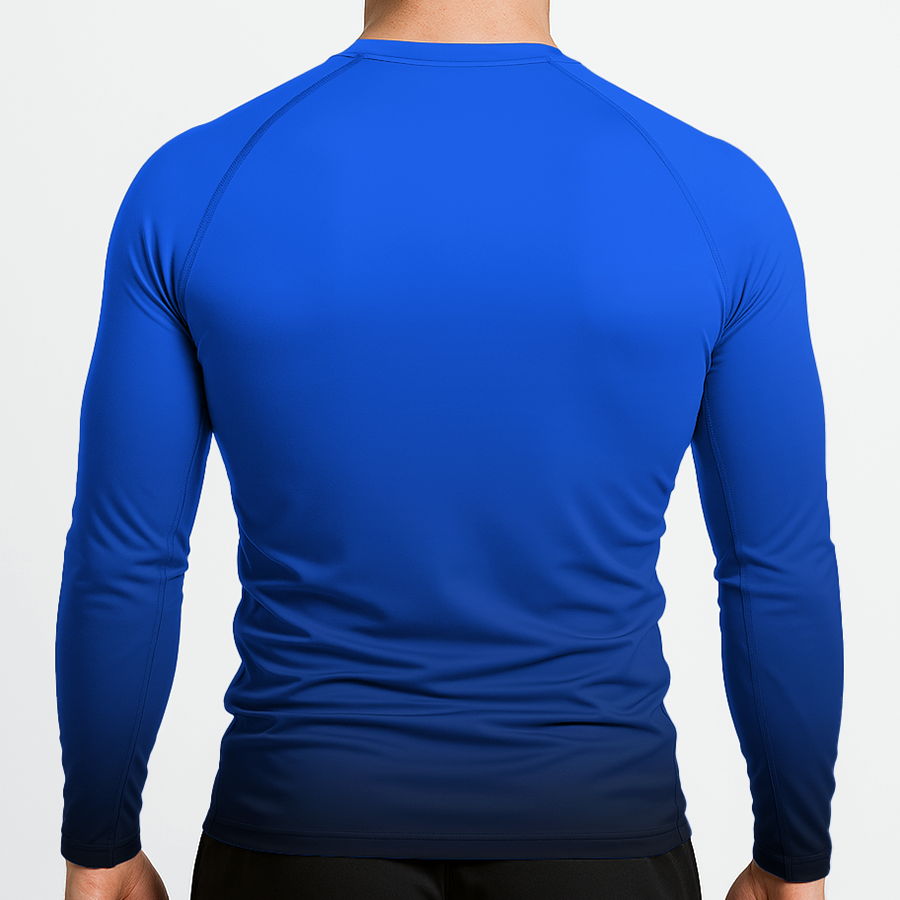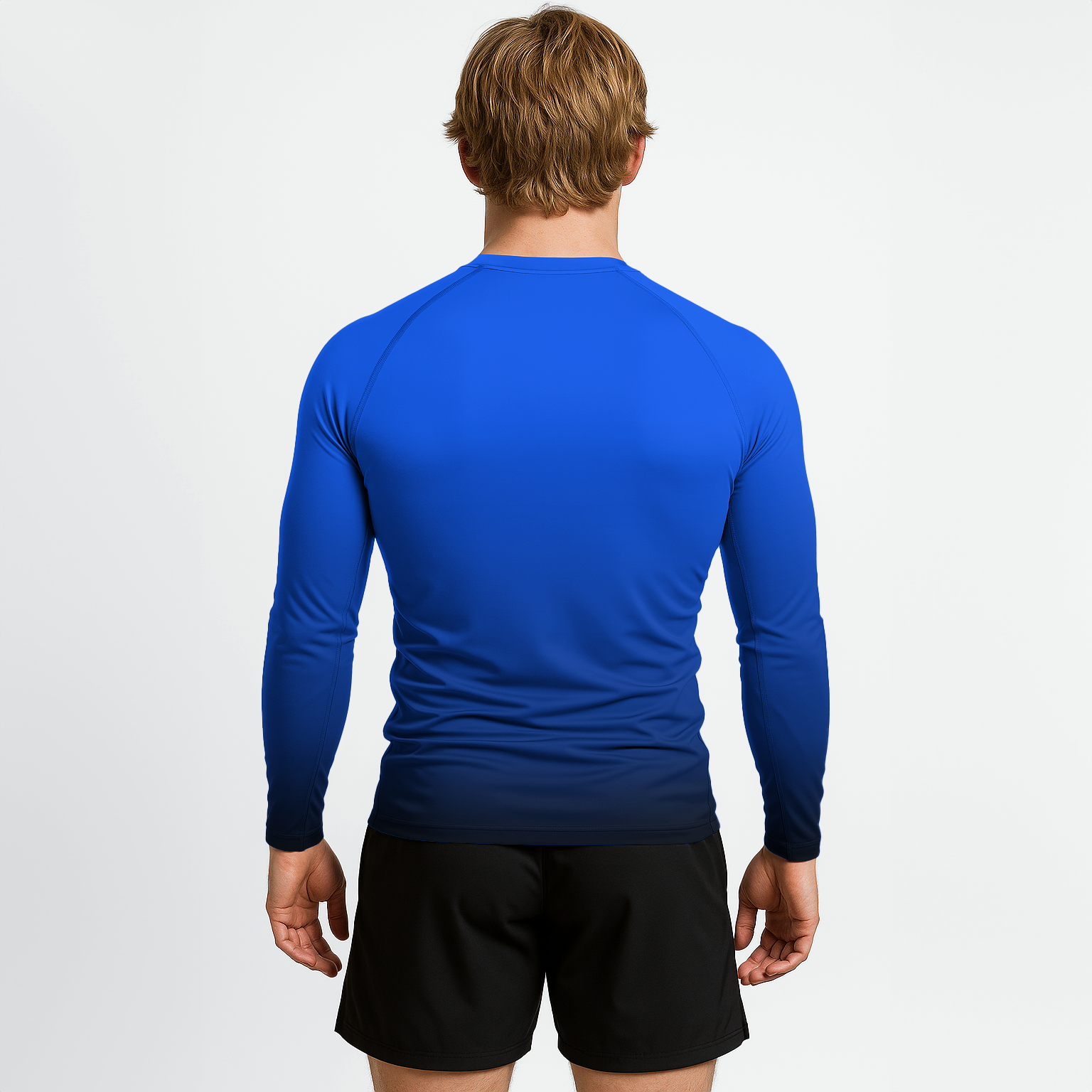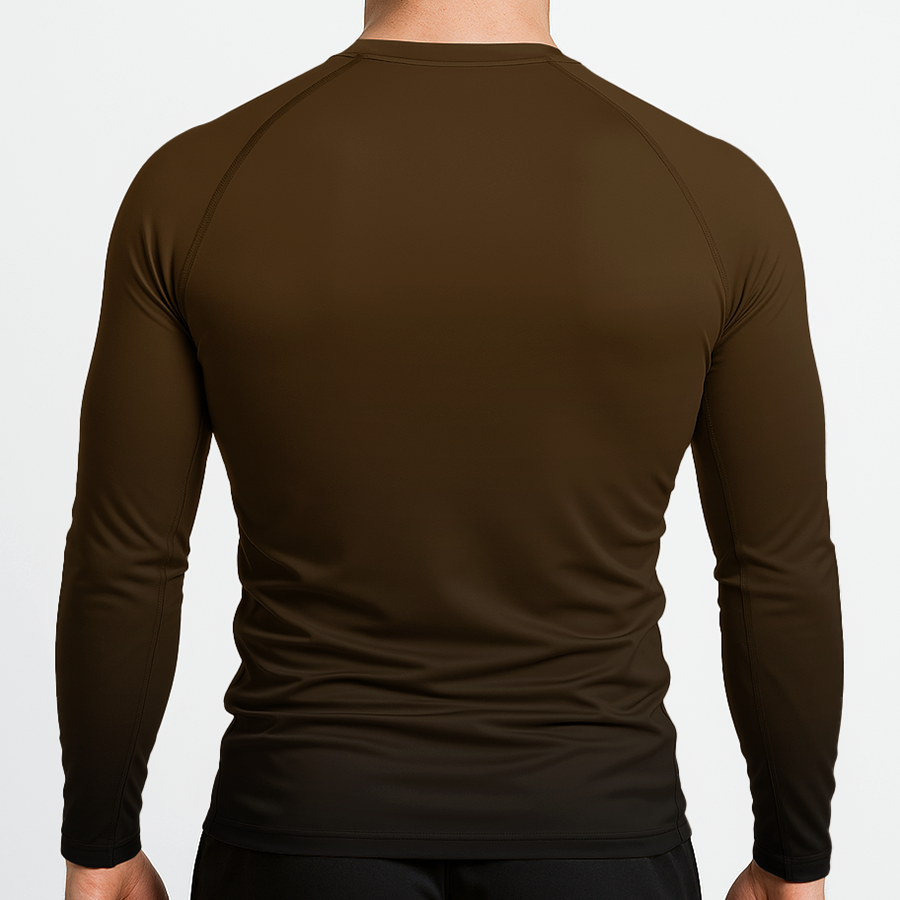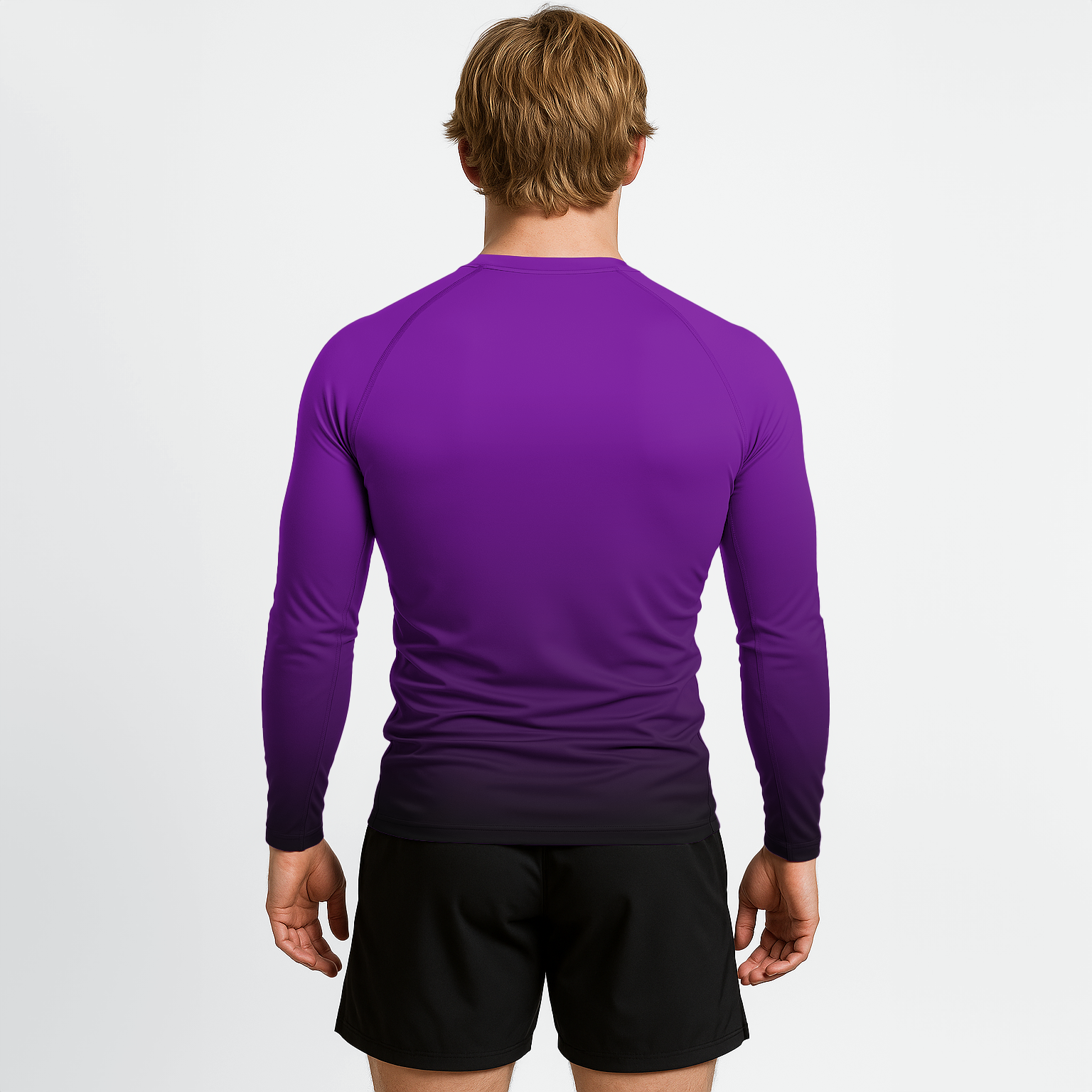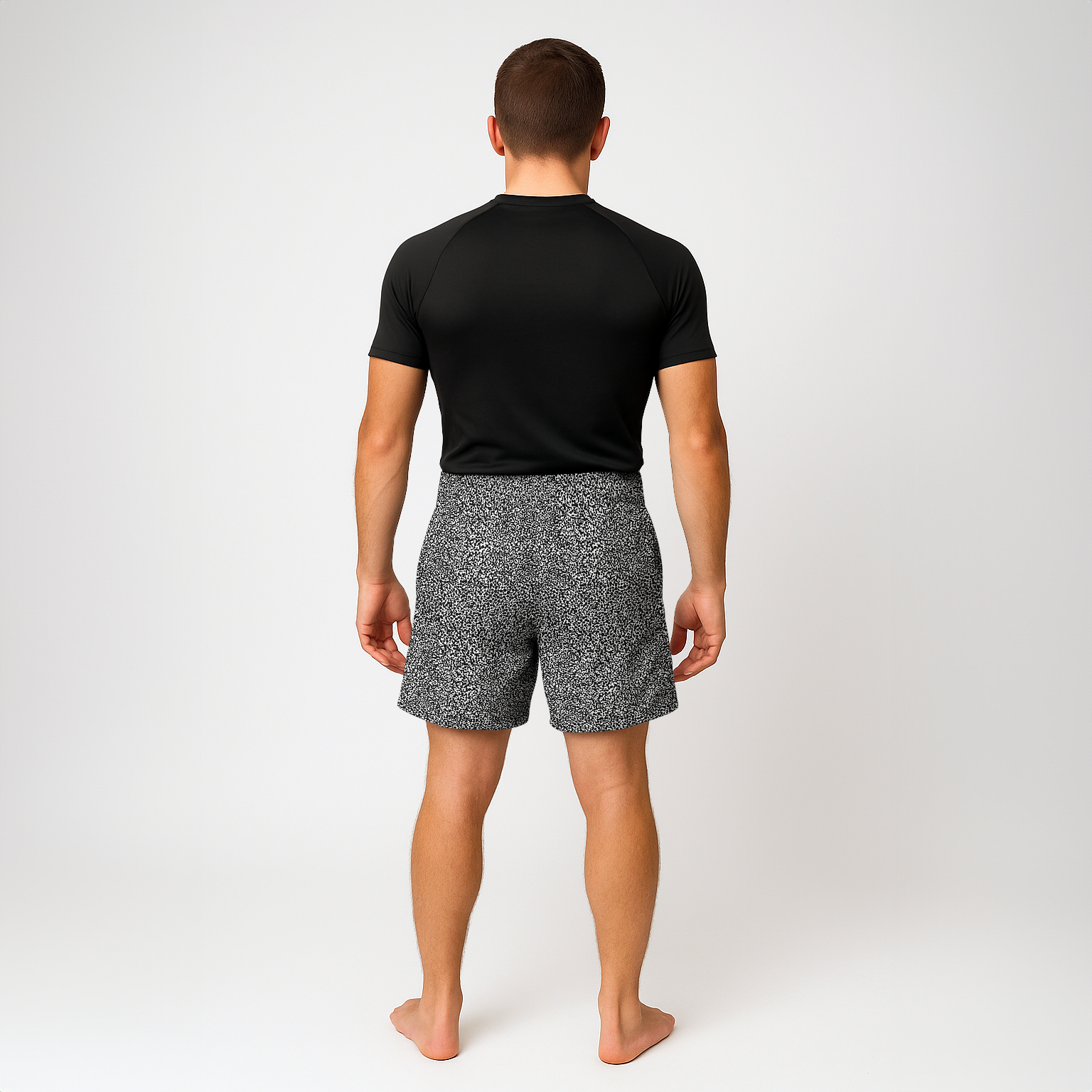Common Injuries In Jiu Jitsu
You already know that Brazilian Jiu Jitsu is a contact combat sport. Given that fact, injuries in BJJ are an inevitability.
But what injuries are most likely to occur during your BJJ training?
In this post, we break down the research on injuries in BJJ.

By the time you finish, you will know exactly which injuries to expect, and the relative frequency of each during BJJ training.
Let’s jump in!
Injuries in BJJ: A Quick Overview
There are two major recent survey studies on injuries in Brazilian Jiu Jitsu athletes.
A 2019 survey conducted in Ontario, Canada looked at 70 BJJ practitioners, with most practitioners happening to be white or blue belts.
Overall, 64 percent of respondents reported injuries during training, while 21 percent of respondents reported injuries during competition.
The injury categories in this survey are as follows:
- Sprains – 61.4% of respondents
- Strains – 57.1% of respondents
- Fractures – 18.6%
- Lacerations – 12.9%
- Dislocations – 11.4%
- Concussions – 7.1%
Note that respondents could report multiple injuries, thus the percentages are based on how many respondents had that type of injury, not what percentage of total injuries fell into each category.
A more recent 2021 survey from Brazil focusing on orthopedic injuries only found that out of 94 respondents, 85% reported an ortho injury occurring in the past 2 years.
The most commonly injured area was the fingers (44 injuries), followed by the shoulders (37 injuries) and knees (32 injuries).
Additional injury sites included the ankle (19 injuries), elbow (16 injuries), and lumbar spine (12 injuries).
Overall, it’s clear that sprains and strains are by far the most common injuries in BJJ, with more serious injuries occurring less frequently.
BJJ Injury Breakdown
The following section discusses the types of injuries in a bit more depth, including severity, treatment protocols, prevention, and general recovery outlook.
Sprains
 Sprains are a stretching or tearing of ligaments, which are tough bands of fibrous tissue that connect two bones to one another.
Sprains are a stretching or tearing of ligaments, which are tough bands of fibrous tissue that connect two bones to one another.
Sprains can be very painful, and commonly affect the ankle and knee.
Signs and symptoms of sprains include:
- Pain
- Swelling
- Bruising
- Limited movement at the affected joint
- A “pop” in your joint at the time of injury.
Mild sprains can be treated at home, however severe sprains should be addressed by a medical professional.
Treatment includes physical therapy and possibly surgery for severe sprains.
If possible, strengthening the areas above and below the sprain can improve healing. Our BJJ Joint Support supplements are great for both strengthening joints and healing joints post-injury.
Prevention is best accomplished by frequent stretching and strengthening exercises.
Strains
Strains are an injury that affects muscles and tendons, the latter of which attaches muscles to bones.
Minor strains may simply be an overstretch to these tissues. Severe strains can involve complete tearing of the muscle or tendon.
Signs and symptoms of strains include:
- Pain or tenderness
- Redness or bruising
- Limited motion
- Muscle spasms
- Swelling
- Muscle weakness
Mild strains can be treated at home, while severe strains that involve severe pain or numbness should be treated by a medical professional.
Strains can occur during a single traumatic event. They can also be the result of chronic overuse due to repetitive motions.
Like sprains, risks of strains can be minimized by regular stretching and strengthening of relevant muscle areas.
Fractures
 Fractures are an actual break in the bone and require rapid medical attention in virtually all cases.
Fractures are an actual break in the bone and require rapid medical attention in virtually all cases.
Fractures are far less likely to occur in BJJ compared to sprains and strains, but they do occur often enough to be of concern.
Symptoms of fractures include pain, visible breakage in the bone, swelling, bruising, and in severe cases, a penetration of bone through the skin – known as an open fracture.
Minor fractures can allow the individual to go to the doctor or hospital.
Severe fractures warrant calling 911 or local EMS service, especially if:
- The person is unresponsive, isn’t breathing or isn’t moving. Begin CPR if there’s no breathing or heartbeat.
- There is heavy bleeding.
- Even gentle pressure or movement causes pain.
- The limb or joint appears deformed.
- The bone has pierced the skin.
- The extremity of the injured arm or leg, such as a toe or finger, is numb or bluish at the tip.
- You suspect a bone is broken in the neck, head or back.
In the above cases, avoid moving the person at all costs and wait for medical personnel to arrive.
Immediate treatment involves stopping bleeding, immobilizing the injured area, applying ice packs, and treating for shock.
Long term recovery often requires some form of cast and physical therapy.
Weight training can help strengthen bones and prevent injuries. However, most fractures are the result of acute traumatic injury and cannot always be prevented.
Lacerations
 Lacerations are cuts to the skin typically caused by a sharp object. In the case of BJJ, lacerations often occur when players have bone-to-bone impacts that split the skin at the location of impact.
Lacerations are cuts to the skin typically caused by a sharp object. In the case of BJJ, lacerations often occur when players have bone-to-bone impacts that split the skin at the location of impact.
A good example of laceration causes in BJJ is when players bonk heads and one player split the skin near the eyebrow.
Due to the bleeding, lacerations are easy to identify.
Treatment involves stopping the bleeding and bandaging. Severe lacerations require stitches or other medical care.
The only real prevention for lacerations is avoiding the impact in the first place.
Dislocations
 Dislocations are severe injuries to the joint in which the ends of your bones are forced out of their normal positions.
Dislocations are severe injuries to the joint in which the ends of your bones are forced out of their normal positions.
Dislocations deform and immobilize your joint and are typically very painful.
Commonly dislocated joints include the fingers and toes.
Elbows, knees, and shoulders can also become dislocated, which is not fun, to say the least.
Dislocations are typically the result of acute traumatic injury. Many submissions would dislocate the joint if taken to completion.
However, most BJJ dislocations are going to occur from unintended impact as opposed to intentionally popping it via submission.
The best prevention for dislocations is avoiding the traumatic injury to begin with.
Luckily, dislocations are far less common than strains and sprains, which are less severe.
Concussions
 A concussion is a traumatic brain injury caused by impact to your head. While temporary, concussions affect your brain function in a variety of different ways – all of which are unpleasant.
A concussion is a traumatic brain injury caused by impact to your head. While temporary, concussions affect your brain function in a variety of different ways – all of which are unpleasant.
Concussions can involve the loss of consciousness, but most do not.
Given that BJJ is not a striking sport, the main mechanism of concussion in BJJ will be slams to the mat or unintentional impact to the head.
Concussions can cause a combination of the following symptoms:
- Headache
- Ringing in the ears
- Nausea
- Vomiting
- Fatigue or drowsiness
- Blurry vision
Lingering concussion effects include:
- Concentration and memory complaints
- Irritability and other personality changes
- Sensitivity to light and noise
- Sleep disturbances
- Psychological adjustment problems and depression
- Disorders of taste and smell
In severe cases, blows to the head can cause bleeding inside the brain, which can be fatal.
Treatment for concussions requires avoiding vigorous activity while signs and symptoms of concussion are present.
Avoiding additional head injuries while concussed is also vital for preventing serious and permanent brain damage.
To avoid concussions in the first place, agree with your partners not to perform slams or high-arch throws during training.
In slam-legal competition, if you feel at risk for getting slammed, abandon the position. It’s not worth holding on to a triangle and risking a traumatic brain injury.
Injuries in BJJ: It Happens To Everyone
If you do BJJ long enough, you are going to get injured at some point.
Even if you do not compete, most reported injuries occur during training, not competition, so you really cannot avoid it even as a recreational athlete.
The good news is, you can reduce your risk of the most common types of injuries through stretching and strengthening.
Additionally, the most frequent BJJ injuries are sprains and strains, which are largely treatable and have a good overall outlook for recovery.
Severe injuries are going to be more common if you go hard during rolling and can potentially be devastating.
Even if it does not happen to you personally, you will likely at some point witness an injury in BJJ that requires EMS personnel to carry the victim out on a stretcher.
Luckily, severe injuries are far less common in BJJ and make up a smaller percentage of the total injuries that occur.
Regardless, you must mentally prepare for the fact that you will be injured at some point in your BJJ journey.
But don’t worry – in most cases, you will make a full recovery.
Cheers to happy and safe training!

